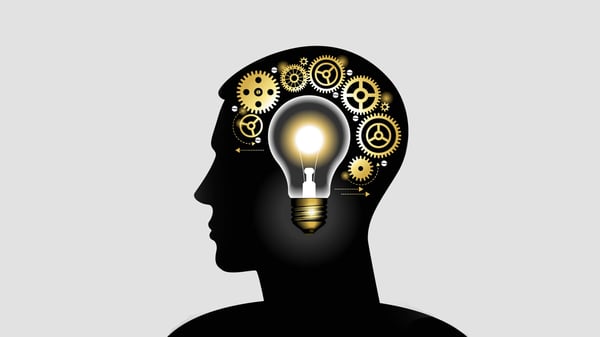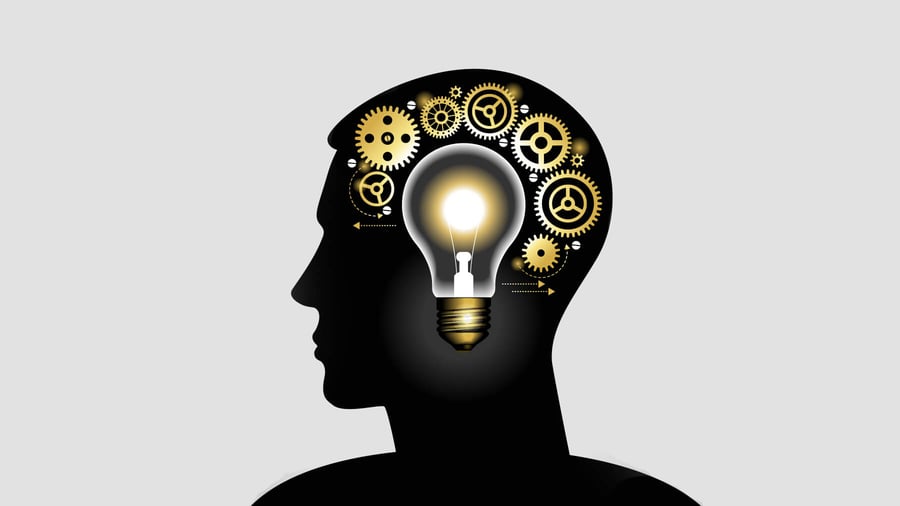


The brain is the most complex portion of the human body, and there is so much that scientists do not yet know about brain functioning. However, the 1990s have been called the Decade of the Brain because of the knowledge explosion on how humans learn and grow and how the brain functions in order to manage everyday activities.
Each person learns similarly, yet in different ways, based on their unique brain. Through studies and the use of technology, scientists were literally able to non-invasively peer into the brain as it received and analyzed stimuli. In doing so, they were able to view and photograph different areas of the brain as it addressed the information that was being received. The result was a virtual mapping of the brain to identify where many specialized functions occurred. Because of this information, we now better understand how and where learning occurs and can develop strategies to strengthen learning activities.
Like any other concept or theory, brain-based learning has limitations and sources of information about it should always be verified, and in some cases challenged. Still, there has now been enough research done to indicate the value of implementing many of the findings on how the brain learns best.
Implications of Brain-Based Learning
For years, teachers have used games, toys, music and other stimulating strategies to teach basic life skills. So what changes later in their learning environments? Why do adults often expect a learning environment that is staid and rigid, where someone lectures to them and where they have to simply take notes and then figure out the answers to the questions they are asked?
Brain research allows you to enhance your learning environment, prepare yourself and learners more effectively for your learning events, and create a workshop that will not only meet, but exceed, your learners’ needs and expectations every time. By applying some basic concepts of brain-based learning, you can help stimulate learners while making your workshops more fun to present. Just imagine being able to play with toys, do magic, show popular video segments, listen to a variety of music, enjoy a smorgasbord of color, draw caricatures and be paid for it! More importantly, through use of such tools and techniques, you can better engage and interest your learners and increase the opportunity for a more powerful learning outcome.
It is up to you to shake up this paradigm and shock learners into a new state of consciousness by creating an environment that is brain-friendly and learner-centric–an environment that will cause learners to sit up, pay attention and become actively involved in their own learning, while taking ownership and responsibility for their learning outcomes.
Creating a Brain-Based Environment
A brain-based learning environment differs from the standard classroom in many ways. Every element of your environment will affect your learning outcomes. For that reason, all factors deserve serious consideration when you are in your “Design” phase of ADDIE (Assessment, Design, Development, Implementation and Evaluation).
Brain-Based Environment
In a brain-based learning environment, the following elements are present:
Bob Lucas is managing partner for Global Performance Strategies in Orlando, Fla. This article was excerpted from Training Workshop Essentials, which won the prestigious 2010 gold level Axiom Business Book Award. Used with permission.
Don't miss out on updates and chances
to sharpen your skills with participant-centered learning.




3740 N Chestnut St #113 - Chaska, MN 55318-3053